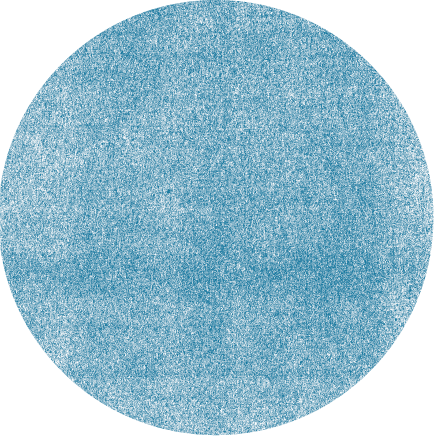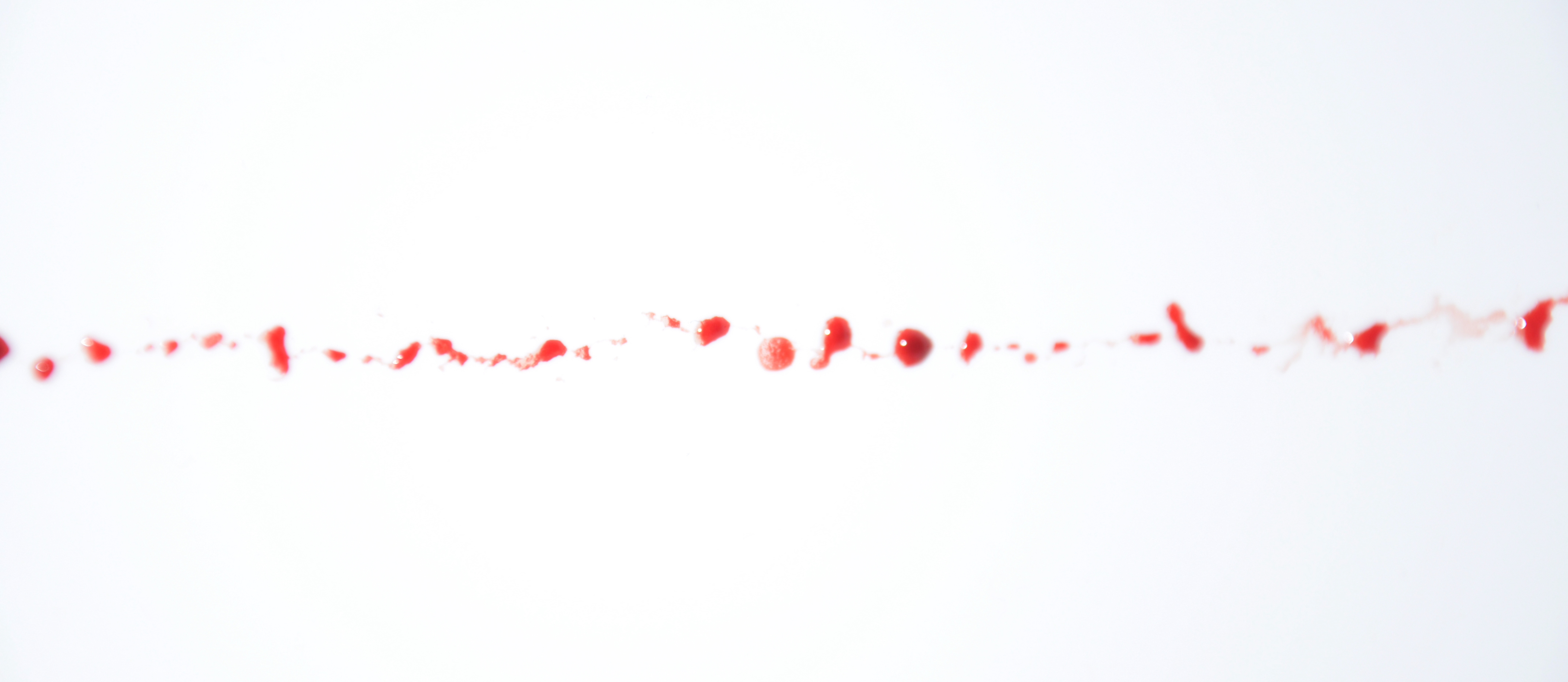Open Insights: An interview with Bettina Bildhauer, Camilla Røstvik and Sharra Vostral
Posted by Dr Katherine Parker-Hay on 12 July 2022



The Politics and History of Menstruation: Contextualising the Scottish Campaign to End Period Poverty
An Open Insights Interview with Bettina Bildhauer, Camilla Røstvik and Sharra Vostral
 Featured image: Matriline by Bibo Keeley, digital image, 2016
Featured image: Matriline by Bibo Keeley, digital image, 2016
Bettina Bildhauer (BB) is Professor of German at University of St Andrews, Camilla Mørk Røstvik (CMR) is Lecturer in Modern & Contemporary Art History at Aberdeen, and Sharra Vostral (SV) is Professor of History at Purdue University. They are co-investigators for the Royal Society of Edinburgh’s research network Ending Period Poverty and are guest editors of the associated Open Library of Humanities Special Collection ‘The Politics and History of Menstruation: Contextualising the Scottish campaign to End Period Poverty’. They speak with OLH Editorial Officer Katherine Parker-Hay about the publication of their 2022 collection.
Thank you for agreeing to this interview. Could you start by saying a little about the ambitions of the collection and what sparked your initial interest in the project?
SV: I was delighted when Camilla invited me to give a talk at St Andrews, and I learned of her efforts with the Menstruation Research Network (MRN) and the Period Products bill progressing through parliament. I was intrigued and wanted to stay involved. I learned about the Royal Society of Edinburgh Arts & Humanities Research Grants and convinced Bettina to lead the effort so we could all work together. We landed the grant, and agreed that an edited volume would be a useful outcome to distribute our research. We all felt that qualitative historical findings shed light on current debates, and we used our collective expertise to provide context to the act.
That leads nicely onto my next question. In light of the success of the Period Products (Free Provision) Act 2021, your aim with this collection was to understand: ‘Why Scotland? Why menstrual rights? Why now?’. Can you speak to how some of the articles explore these questions and whether, when looking at the collection as a whole, you see any emerging themes?
CMR: The question that is perhaps most straightforward to answer is ‘why now’. Many of the articles point out how the long history of menstrual activism has galvanized in the recent decade, and how policy makers and—in the case of Scotland—politicians have gotten involved as a result. Campaigns around period poverty, the tampon tax, menstrual environmental issues, and menstruation-related pain all focus on different aspects of the menstrual cycle, but collectively they have raised awareness of menstruation to such a degree that mainstream media began covering their work consistently from around 2010 onwards. Politicians and policy makers rightly note that this is something citizens and voters care about, and began discussing and planning menstrual policies as a result.
In terms of ‘why menstrual rights’, our special issue points to the multi-facetted reasons behind the choice of policy-makers to support an end to period poverty, ranging from wider debates about poverty in the Scottish context, a growth and awareness of women’s rights activism in the 2000s and 2010s, a backlash against old forms of advertising in the sector, and the widespread success of menstrual activism online and in the streets. It should be pointed out that the Scottish act only deals with menstrual products, not menstrual rights per se. But we now see other regions experimenting with and talking about menstrual leave policies, and related menstrual rights.
Finally, the question of ‘why Scotland’ is interesting. Scotland is not the first country to do something like this, but the first to front menstrual product access as a universal right. For the reasons mentioned above—especially activism and the role of journalists in covering this activism—politicians interested in women’s rights championed the cause to end period poverty.
To my mind, one of the strengths of this collection is its use of humanities methodologies to illuminate the cultural significance of a topic that is too quickly seen through the lens of the biological. Can you share your thoughts on why it is vital to include humanities-based approaches in conversations around menstruation?
CMR: We think this is important because of a real gap in the literature on menstruation! While there have been some great histories, cultural histories and visual/literary analysis in the past, they are few and far between. Since menstruation is in the mainstream yet again, our feeling was that a humanities analysis was needed again. The menstrual research space is dominated by fantastic social science and medicine, but humanities can complement this—especially in terms of knowledge about how medicine and social science sometimes have interpreted menstrual events in odd ways. This collection is also quite special as it is not a standard lone historian writing ‘the analysis’ of Scotland and menstruation, but rather a collective of different humanities scholars from different regions—you’ll see we use different methods and focus on different aspects of the Scottish law.
Yes. It is lovely to encounter a range of voices, tackling the topic from different angles. On the theme of inclusivity: the collection introduced me to the term ‘menstruator’, which has the advantage of being a more inclusive category than ‘girls and women’. However, it also seems to reinforce the distancing that happens with regards to menstruation, where (as your collection explores) researchers and politicians talk about periods as if they are experienced by other people. What do you think of the term? Do you think it will catch on in the public domain?
BB: I know, it sounds quite technical and medical, doesn’t it? Not the most elegant of terms but at least it’s gender-inclusive, as you say. Some of us use “menstruant” and “people who menstruate” or just “women and girls” as well, if that’s appropriate. The most important thing is not to police the language of menstruation, but to celebrate that we are finally talking about it at all, in as inclusive a way as possible.
Absolutely. As one of the articles of the collection mentions, menstruation is still a taboo topic which ‘suffers from a lack of institutional structures to facilitate its study’. Did you experience these challenges when editing this collection and what role, if any, did being part of the Menstrual Research Network have in countering any challenges?
SV: The greatest comfort of the Menstruation Research Network was working with others who understood the challenges of this topic. We could skip the rationalization for studying menstruation and menstrual products, because we all agreed it was important! This is extraordinarily liberating, and allowed us to learn more from one another, and trust that the questions and criticisms posed were constructive.
That’s really interesting. I can empathise with the idea that getting caught in a loop of justification for the research can get in the way of actually doing the research! Many of the articles of the collection rest on the connection between menstrual blood and nationhood. This might surprise some readers. Can you speak a little about the importance of considering these two topics together?
BB: Yes, great question! It is really surprising how much interest nation states take in the intimate workings of our (mostly female) bodies. Tampon tax, menstrual leave, period poverty but also abortion and censorship are areas where nations legislate on menstruation. Public health initiatives around menstruation are always part of nation-building projects. The Period Products (Free Provision) (Scotland) Act, for example, has really helped Scotland to get world-wide attention and distinguish itself as a progressive nation ahead of its neighbour England.
The theme of ‘fair and equal access’ comes up frequently in the collection. Was working with an open access journal important to you for communicating this research?
CMR: Absolutely. Our audience includes (we hope!) people who were active in the activism and policy-making of the bill, meaning many non-academics. We cannot hide our findings behind a pay-wall when we are writing about civil society, the law, and elected officials. We hope the politicians and policy makers involved will find and read this—and we welcome their critique and ideas!
Finally, why did you choose OLH as the publisher for your collection?
BB: Camilla and I already knew and liked one of the editors, and she took a real interest in our topic. This is so rare for a "yucky" topic like menstruation, so we were delighted. All the editors we’ve worked with at OLH have become genuinely interested in our research and asked us great questions, which made collaborating a pleasure. Plus we really liked the OA model of getting universities rather than authors to carry the cost of publishing, so we wanted to support this. That our articles have already been downloaded so many times shows that we’ve made the right decision!
Thank you so much for taking the time to speak with us!
The Special Collection ‘The Politics and History of Menstruation: Contextualising the Scottish Campaign to End Period Poverty’ can be accessed here.
